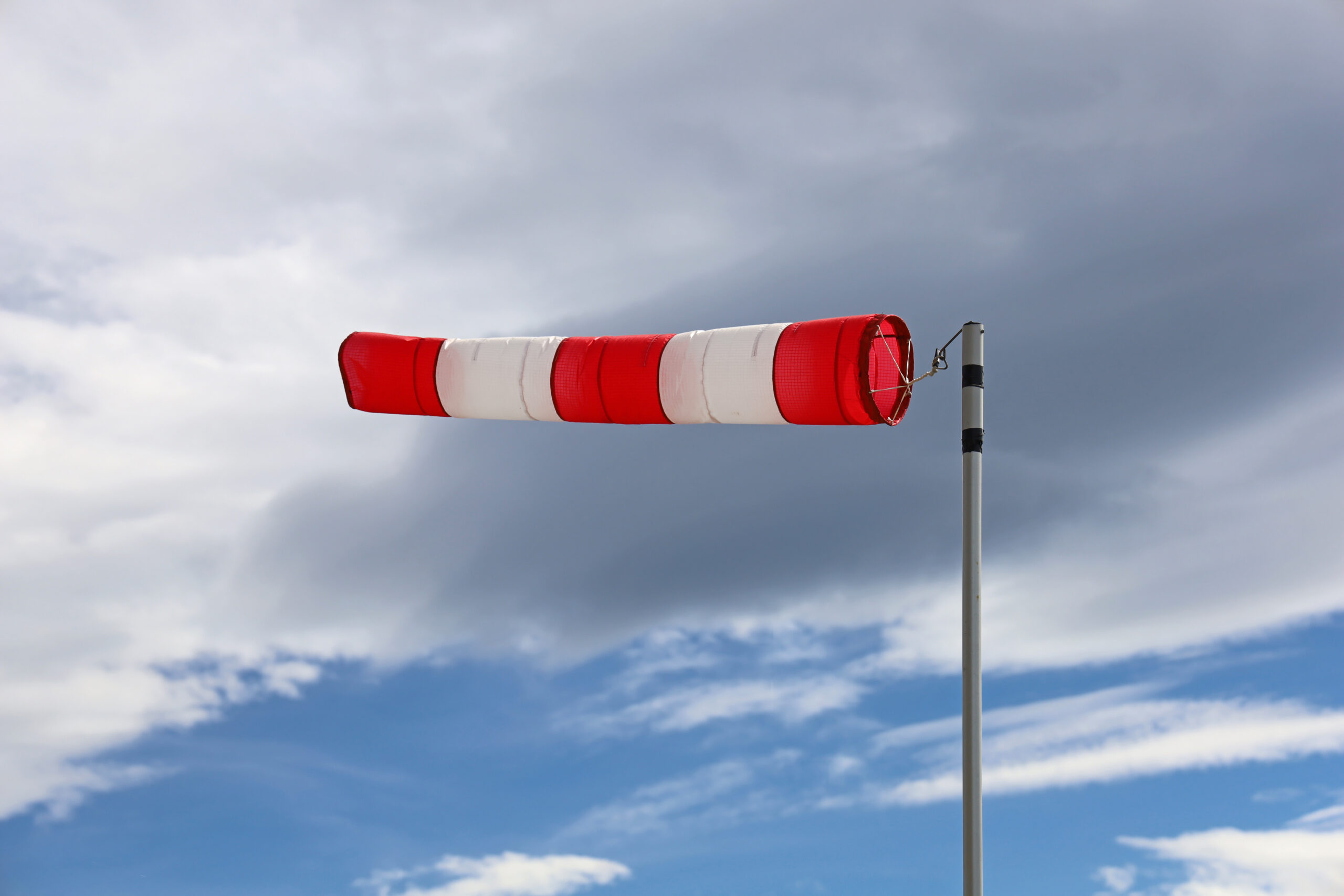Yes. Insurance for a single day is available.
Traveling in Iceland: A Comprehensive Guide to Safe Driving in Windy Conditions
PUBLISHED ON Jan, 14 2024

Driving in Iceland during windy conditions can be a daunting experience, especially for those unfamiliar with the challenges it presents. From understanding weather forecasts to adjusting driving habits, this guide provides a deep-dive into the key considerations and best practices for driving in Iceland during windy conditions, ensuring you’re adequately prepared and can navigate the Icelandic roads with confidence.
Understanding Weather Forecasts
Before embarking on a drive, it’s crucial to check the weather forecast. Websites like Vedur.is, the official site of the Icelandic Meteorological Office, provide real-time updates on wind conditions, temperature, and other weather parameters. These forecasts often provide insights into expected wind patterns based on topography, which can be particularly useful when planning a drive in diverse landscapes like those found in Iceland. Belgingur.is include detailed wind maps is another reliable source for weather predictions in Iceland.
Understanding the nuances of wind speed and direction is critical when navigating these landscapes. Wind speed is typically measured in meters per second (m/s), and it’s important to be aware of how different wind speeds can affect driving conditions. For instance, a wind speed of 11-17 m/s can make driving challenging, especially for high-profile vehicles like campers or vans.
Wind direction, described based on where it’s originating from, can also influence driving conditions. For example, a wind coming from the sea might result in coastal areas experiencing rain, while inland areas remain dry. This can impact road conditions and visibility.
Adjusting Driving Habits
Driving in windy conditions requires a different set of habits compared to driving in calm weather. Here are some key strategies to ensure safety:
Slow Down: High speeds can make it harder to control the vehicle if a strong gust hits. Slowing down in windy conditions can prevent this from happening.
Maintain a Firm Grip: Always keep both hands on the steering wheel, especially on open roads or bridges where gusts can be stronger.
Increase Following Distance: Give yourself more space than usual behind the vehicle in front of you. This gives you more time to react if they face difficulties.
Watch Out for Debris: Strong winds can blow debris onto the road. Be vigilant and ready to avoid any obstacles.
Avoid High Winds If Possible: Wind speeds of just 30 mph can push a vehicle off the road, particularly if it’s a larger vehicle with a high profile. If you can, avoid driving in high winds.
Dealing with Gusts
Gusts, or sudden, short-lived increases in wind speed, can catch drivers off guard. They can surprise drivers, especially those in high-profile vehicles like campers, SUVs, or vans. A strong gust can push a vehicle off its course, posing a risk, especially on narrow roads or near cliffs.
Before heading out, check the weather forecast for any gust warnings. If you’re driving and encounter gusts, reduce your speed, grip the steering wheel firmly, and be prepared for sudden changes in direction. If the gusts become too strong, consider pulling over safely and waiting them out.
Navigating Topographical Wind Effects
Iceland’s diverse landscape, with its mountains, valleys, and coastal areas, plays a significant role in influencing wind patterns. Understanding how topography affects wind can help drivers anticipate and navigate windy conditions more effectively.
For instance, as wind approaches a mountain, it’s forced upwards and can accelerate rapidly as it descends down the other side, leading to strong, gusty conditions. Valleys can channel wind, making it flow faster, while coastal areas can experience strong winds due to temperature differences between the land and sea. A seaside town may experience calm weather on the same day that a mountain pass experiences strong winds and a valley experiences a constant breeze.
Being aware of how topography affects wind helps drivers anticipate changes as they move from one region to another. If you’re unsure about conditions, ask locals or local businesses for advice.
Heeding Color-Coded Warnings
Color-coded wind warnings issued by meteorological agencies provide a quick and visual way to understand the severity of the wind conditions. The color codes range from green (normal conditions) ==> yellow (Wind speeds are increasing) ==> orange (Strong winds expected) ==> red (severe wind conditions), helping drivers make informed decisions about whether to proceed with their journey or seek shelter.
Planning According to the Forecast
Aligning your plans with the wind forecast is crucial when venturing into diverse landscapes. The weather can change rapidly, and being prepared can make the difference between a memorable trip and a challenging one.
Make it a habit to check the wind forecast every morning before setting out, and stay updated on the go with mobile apps that provide real-time weather updates. If strong winds are predicted for a particular region, consider altering your route or schedule.
Navigating Safely through Gusty Conditions
Navigating through strong winds can pose a significant challenge, particularly in landscapes like Iceland, where diverse terrains and open roads can expose vehicles to powerful gusts. Here are some crucial tips to ensure a safe journey during windy conditions.
Familiarize Yourself with Your Vehicle
Vehicle Profile: Keep in mind, vehicles with a higher profile, such as campers or SUVs, are more prone to wind impact. If you’re renting, it’s advisable to seek guidance from the rental agency about handling the specific model you’re driving.
Vehicle Weight: Lighter vehicles tend to be more susceptible to wind. If you’re in a camper, consider filling up the water tanks to add some weight, which can help stabilize the vehicle.
Reducing Your Speed
Lower Your Speed: It’s essential to reduce your usual driving speed in windy conditions. High speeds can make it challenging to maintain control of the vehicle during a powerful gust.
Avoid Quick Acceleration: Sudden acceleration can destabilize the vehicle, especially in crosswinds.
Maintaining a Steady Grip on the Steering Wheel
Two-Handed Control: Always keep both hands on the steering wheel, particularly on open roads or bridges where gusts can be more potent.
Prepare for Gusts: Be ready for sudden gusts, especially when overtaking larger vehicles or when approaching gaps in roadside trees or buildings.
Keeping a Safe Distance
Maintain a Safe Distance from Other Vehicles: Allow for more space than usual between your vehicle and the one in front of you. This gives you more time to react if they encounter difficulties.
Exercise Caution While Overtaking Other Vehicles: Strong winds can significantly affect larger, taller vehicles such as semi-trucks and buses. While it’s generally safer to avoid overtaking other vehicles in windy conditions, there may be times when you need to do so. When overtaking larger vehicles, exercise extreme caution. High winds can cause them to sway or even topple over. If possible, try to avoid overtaking these taller vehicles when the wind is strong.
Being Aware of Your Surroundings
Look Out for Debris: Windy conditions can cause large objects like trees, plywood, insulation, tarps, plastic sheets, and even sheet metal to become airborne. Stay alert for falling and flying debris while driving in windy conditions. If you’re near tall buildings, loose items could blow off the roof and land on your vehicle. Be wary of vehicles carrying debris, dirt, rocks, and other small objects. Wind can cause these items to blow out of the vehicle and onto your windshield, leading to potential damage or injury due to sudden braking or swerving.
Watch Out for Water: Wind can push water onto roads, creating slippery conditions. If you notice water ahead, slow down and approach with caution.
Park in Safe Locations
Windy conditions can also complicate parking. Choose a safe location for parking, such as a parking garage. Avoid parking under trees or large poles in windy conditions, as these can break and fall onto your car. Avoid parking near ditches, highways, cliff edges, or riverbanks, as the wind could blow you, your passengers, or your belongings into these hazardous areas, especially when high winds are forecast.
Insurance and Waivers
Should there be damage to your rental car, you will be required to pay the “excess”. The normal range of the surplus is 150,000 ISK (1,000€) to 750,000 ISK (5,250€). CarInsuRent shields you against typical damages that could result in significant car rental fees.
An alternative to the excess waiver offered by the rental company is CarInsuRent car rental insurance for Iceland, which costs half as much but covers a number of items that the companies frequently don’t, including damage from sand, ash, gravel, wind and ice, as well as any fees related to accidents that the companies may impose, such as administration/processing fees, loss of use fees, towing, relocation, key loss, and more.
Conclusion
Driving in windy conditions can be challenging, but with the right knowledge and precautions, it’s completely manageable. By understanding weather forecasts, adjusting driving habits, dealing effectively with gusts, navigating topographical wind effects, heeding color-coded warnings, and planning according to the forecast, you can ensure a safe and enjoyable journey, regardless of the weather conditions. Remember, safety
Travel Tips and Guides

Worldwide Drive: Explore Right-Hand Traffic Countries and How to Adjust to Driving on the Right
Gil Farkash

Countries That Drive on the Left: Find Out Which Countries Drive on the Left Side of the Road
Gil Farkash

Driving in Mexico: Rules, Tips & Requirements
Gil Farkash
Frequently Asked Questions (FAQ)
No. We provide a single journey plan. You are covered from the time you pick up the rental car up to the time you return it or on the last date written on your Certificate of Insurance, whichever comes first.
No. You should purchase a policy before starting your travel.
Find the answers you’re looking for to the most frequently asked car hire insurance questions as well as other questions relating to our products and services.
